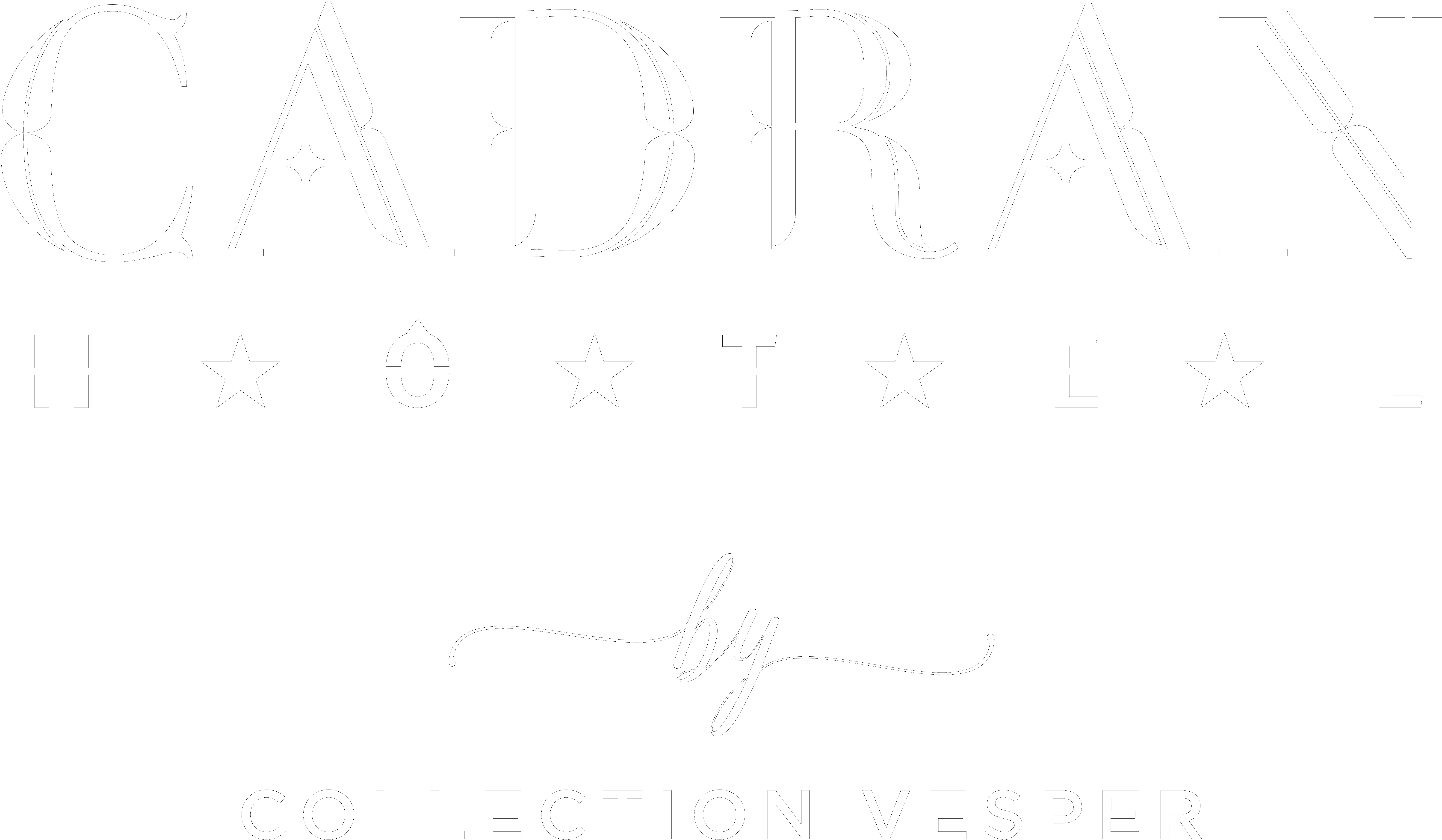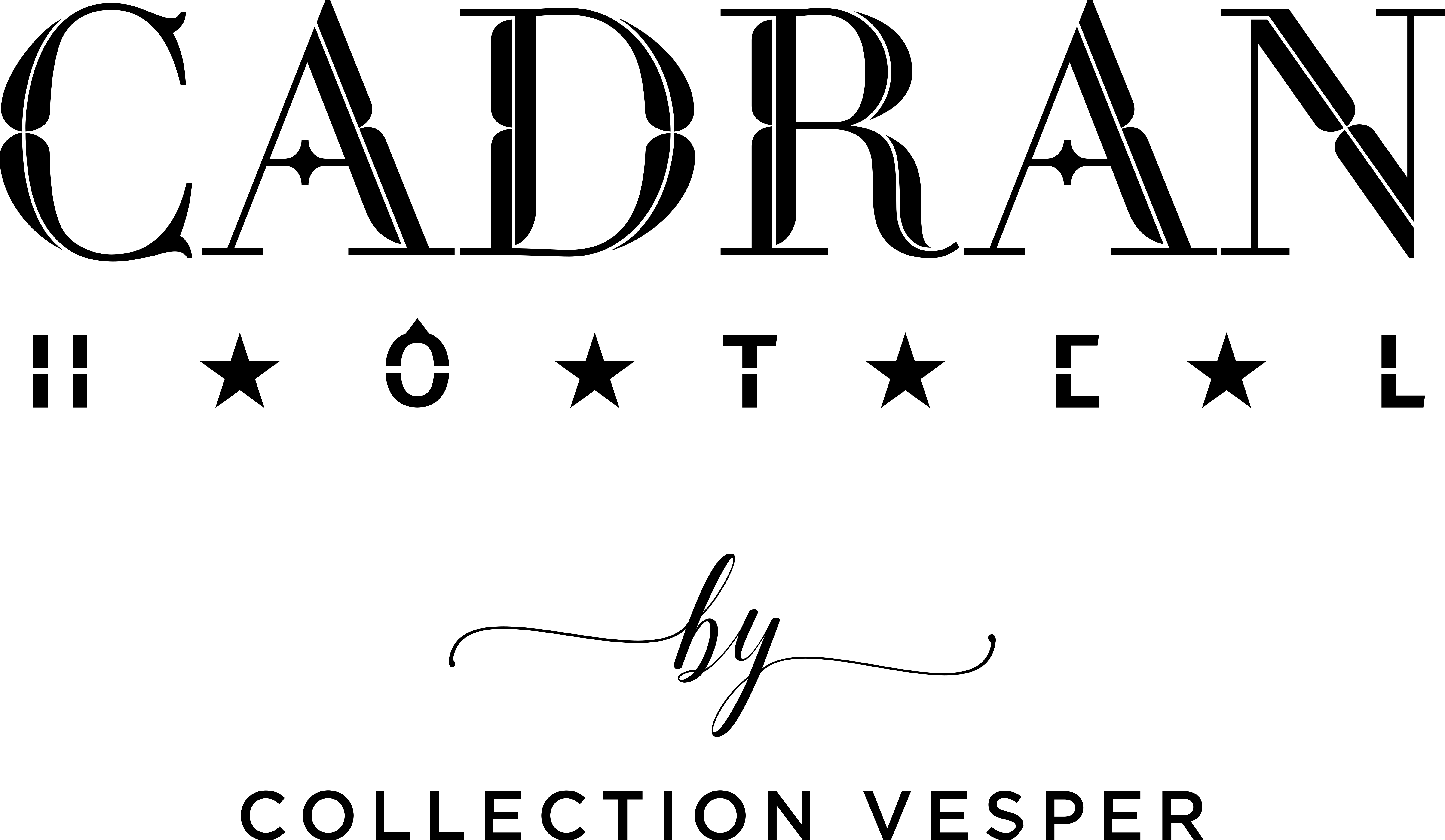The whole history of the Eiffel Tower
Since 1889, the Eiffel Tower has gradually become the timeless emblem of Paris. Attracting millions of visitors each year, it still amazes and represents French art and innovation at its most ambitious. The Hôtel du Cadran team will tell you more about the history of the Eiffel Tower .
The origins of the Eiffel Tower
Installed in the heart of the capital for more than 130 years, the Eiffel Tower, also called the Iron Lady, is one of the most visited monuments in the world . However, his project was not always unanimous. Let’s trace its history.
The birth of the Eiffel Tower construction project
It all began at the Paris Universal Exhibition of 1889 . A few years ago, a competition was launched by the Ministry of Industry and Commerce to choose the engineer who will have the chance to exhibit his work in the heart of Paris, during this international event. The ambition is to build a 300 meter high tower to celebrate the centenary of the French Revolution.
No fewer than 107 architects participated in the competition, and the project by Gustave Eiffel, Émile Nouguier and Maurice Koechlin was selected. The construction of the tallest tower in Paris began in 1887, requiring high-performance and revolutionary techniques, and involving more than 300 workers.
The Eiffel Tower was quickly considered a technical feat, as the constraints were so severe (proximity to the Seine, violent winds at height, etc.).
The unique characteristics of the Eiffel Tower
The ambitions of Émile Nouguier, Gustave Eiffel and Maurice Koechlin were obvious: to surprise visitors and mark history with a unique architectural work. For this, the construction of the Iron Lady relies on numerous details and characteristics that make all the difference.
The 5 elevators of the Eiffel Tower
At the opening of the Universal Exhibition, the first curious people had to show courage and patience to climb to the second floor of the Eiffel Tower. In fact, 674 steps are necessary to achieve this goal. But from the 10th day of the event, Gustave Eiffel announced the commissioning of elevators allowing access to the different floors without any effort.
Good to know: for security reasons, access to the summit is only possible on foot, and remains closed to the public.
At the time, installing an elevator was a real feat, especially on such a high tower, and for so many passengers at a time.
Of the 4 original elevators, only 2 remain today, and are a true testimony to the genius of Gustave Eiffel. From now on, 3 elevators are accessible by visitors to go up from the Eiffel Tower square to the second floor , one elevator only serves the Jules Verne gourmet restaurant, and one elevator is reserved for tower staff.
Anecdote: welcoming millions of visitors, the elevators of the Eiffel Tower travel the equivalent of 103,000 kilometers per year (or 2.5 times around the Earth)!
Restaurants at the Eiffel Tower
At the inauguration of what is today one of the greatest historical monuments in France, the Eiffel Tower has 4 restaurants , all located on the 1st floor. Each features a themed cuisine, such as French cuisine, Alsatian cuisine and Russian cuisine.
In 1937, on the occasion of the new Universal Exhibition, these establishments were destroyed, making way for two new brands. These will then be renovated and renamed in the 1980s, until the reunification of the two restaurants which will create a huge brasserie, Altitude 95 .
In 1983, the second floor also welcomed the gourmet restaurant “Jules Verne” , which quickly became a Michelin-starred restaurant, today run by chef Frédéric Anton.
Today, Altitude 95 is now called Madame Brasserie and is masterfully managed by chef Thierry Marx.
Maintenance of the Eiffel Tower
The Eiffel Tower was built from puddled iron, a material of incredible strength. But that doesn’t stop her from needing a makeover from time to time. The objective is then to protect all metal parts and pylons from rust and pollution . For this, Gustave Eiffel expressly estimated that maintenance every 7 years would be necessary.
Since then, the Eiffel Tower has been completely repainted every 7 years . Since the first universal exhibition, it has been repainted 19 times, in 8 different shades, ranging from red brown to Venice red, including brown ocher. Today, the tower has regained its historic color, yellow-brown.
For the workers working on the Eiffel Tower, the painting is also an incredible feat, since 250,000 m² of surface area has to be covered. This requires around fifty professionals, more than 60 tons of paint and 55 kilometers of survival line to ensure everyone’s safety! This major undertaking is also an opportunity to check the good condition of the metal structure.
Good to know: repainting the Eiffel Tower requires between 18 months and 3 years of work. As soon as the work is finished, we already have to start again!
The Eiffel Tower through time
The popular success that Gustave Eiffel’s work enjoys today has not always been there, and the threat of destruction has long weighed on it. Today, it is fully part of French heritage, and the square-based tower is not about to be dislodged.
A source of inspiration for artists
A symbol of modernity and avant-garde, the Eiffel Tower has always inspired artists , since the first universal exhibition. From Alexandre Dumas fils to Charles Trenet, via Louis Lumière, there is no shortage of tributes to the building, whether through painting, poetry, literature, or even cinema.
It is also the 7th art which has allowed the Eiffel Tower to become the symbol of France throughout the world, and to attract all these curious visitors today.
But if we had to choose only one artistic feat particularly symbolizing the Eiffel Tower, we would without hesitation choose pyrotechnics . Since 1888, the Iron Lady has been the starting point for numerous pyrotechnic shows, including the very famous fireworks on July 14 , and the New Year’s fireworks.
Scientific experiments and the Eiffel Tower
Initially considered a simple temporary work of art, the Eiffel Tower was to be destroyed 20 years after the Universal Exhibition. This was without taking into account the popular success that it immediately met with and the ingenuity of Gustave Eiffel. The latter, to bring interest to his architectural project for all, and thus avoid its destruction , decided to place it at the service of science . Its height thus made it possible to diversify its functions:
- Meteorological and astronomical observation post;
- Headquarters for scientific and physical experiments;
- Strategic observation post (especially during the Second World War);
The scientists quickly understood the benefit of having a 312 meter high tower at their disposal, and the equipment of multiple installations : lightning rod, barometer, anemometer, radio and television transmitters…
Men of science are also honored on the facades of the tower, where a frieze bears 72 names of engineers, scientists and industrialists who have left their mark on history, including Gustave Eiffel.
The illuminations of the Iron Lady
In 1889, the Eiffel Tower was lit by more than 10,000 gas burners . Fortunately, advances in electricity made it possible to quickly replace them with electric bulbs, from 1900. The tower will therefore always have been lit, and the light shows will begin very early, notably during the International Exhibition of 1925, where André Citroën will manage to display his name on 3 facades of the tower.
From then on, the lighting experiments will follow one another, always trying to highlight the lines of the tower.
In 1985, the lighting of the Eiffel Tower experienced a major turning point, with the installation of 336 sodium lamps inside the building, today replaced by more economical and more efficient lamps. In 2000, more than 20,000 sparkling flashes were added by a mountaineering team. Since then, we have had the pleasure of seeing the Eiffel Tower sparkle every evening for 5 minutes, at the start of the hour.
In 2022, as part of the energy sobriety plan, the golden lighting and the lighthouse will stop at 11:45 p.m. instead of 1 a.m., and the last flicker therefore takes place at 11 p.m.
Eiffel Tower: often imitated, never equaled
Today, the 300 meters high of the Eiffel Tower pales in comparison to the immense buildings built all over the world. But its success remains intact, and it even inspires many artists. The Eiffel Tower has been imitated and replicated many times , with miniatures found all over the world.
The most famous replica of the Eiffel Tower is of course the Las Vegas Tower, but there are also buildings inspired by it, such as the Tokyo Tower in Japan, the Blackpool Tower in England, or the Park Tower . Chinese attraction in Shenzhen.
Although it is no longer the tallest, largely dethroned by the Burdj Khalifa and its 828 meters, the Eiffel Tower remains the oldest tower member of the Federation of Great Towers of the World .
The Eiffel Tower and its impressive figures
Nothing beats a few figures to understand the scale of Gustave Eiffel’s project, and the success encountered by the Eiffel Tower:
- 10,100 tons of metal;
- 20,000 bulbs and 336 projectors;
- 2,500,000 rivets;
- 300 workers and 50 engineers;
- 5 elevators;
- 1665 stair steps;
- 120 antennas;
- 2 years, 2 months and 5 days of construction;
- 330 meters high;
- 7 million visitors per year…
The Hôtel du Cadran: your ideal hotel to enjoy the Iron Lady
The Eiffel Tower is undoubtedly the flagship attraction of international tourism, and if you, like millions of visitors, want to discover the beauty of this monument, what could be better than staying nearby? The Hôtel du Cadran welcomes you in the 7th arrondissement of Paris, not far from the Eiffel Tower, for a dream stay in the center of the capital.
This charming 4-star hotel has comfortable rooms which will offer you the ideal conditions to rest between two visits, or even before climbing to the top of the Eiffel Tower. And to ensure complete relaxation, how about a relaxing moment in the spa with jacuzzi and sauna at the Hôtel du Cadran?
After a good night’s sleep, you will be ready to climb to the top of the Eiffel Tower , and set off to discover the riches of Paris: Arc de Triomphe, Orsay Museum, Louvre Museum, Notre-Dame de Paris. ..
You just have to stand at the foot of the Eiffel Tower to be blown away by its elegance and beauty. But it becomes even more impressive when we go into the details of its history and its construction. Take the time to stay at the Hôtel du Cadran to discover the origins of the Eiffel Tower .









